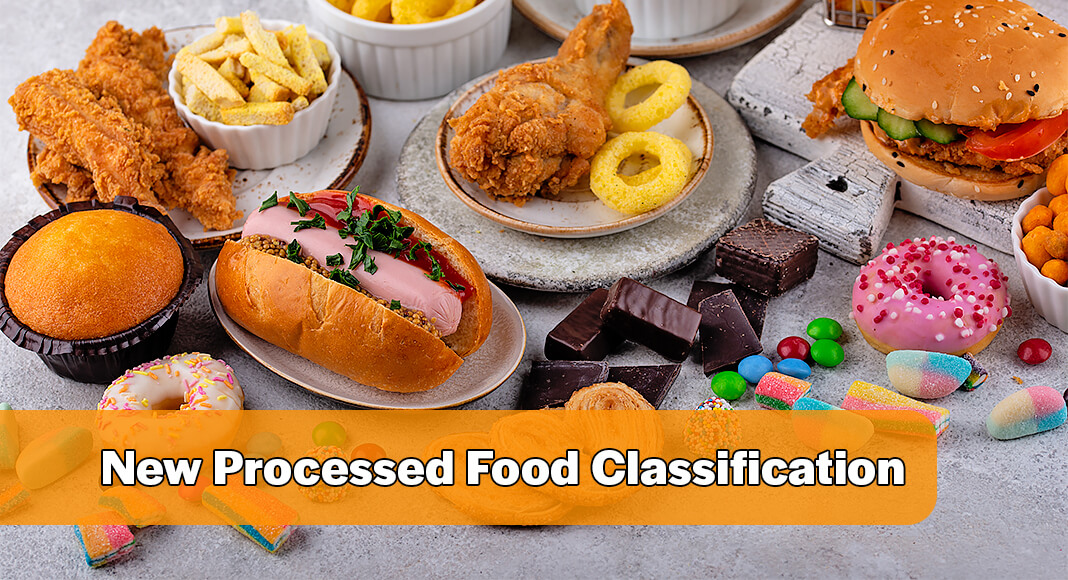
Mega Doctor News
By American Society for Nutrition (ASN)
Newswise — Recent years have seen growing scrutiny and debate around processed foods, but researchers have struggled to pin down what aspects of food processing are most relevant to health. Now, scientists have developed a system for classifying processed foods based on information about the health impacts associated with particular ingredients.
The new approach was developed by WISEcode, creator of an app that provides consumers with information about the food ingredients found in packaged goods.
“WISEcode’s approach is more nuanced and objective than previous classification systems, achieved by providing a more specific and actionable framework for evaluating processed foods,” said Richard Black, PhD, chief scientific officer at WISEcode and adjunct professor at the Tufts University School of Nutrition Science and Policy. “For consumers, it can provide a clear method for assessing processed foods and selecting healthier options, even within heavily processed food categories. For manufacturers, this allows easy comparison of your food products with your competitors, based on ingredients used and potential health impact of those ingredients.”
The most common classification system used in nutrition research is known as Nova, which was developed in 2009 and groups foods into four categories ranging from unprocessed or minimally processed to ultra-processed. Ultra-processed foods have been linked with increased risk of obesity, heart disease and other chronic health conditions, but researchers say the broad definition of “ultra-processed”—which, for example, places a candy bar in the same category as fortified sugar-free whole grain breakfast cereal—makes it difficult to gauge the health impacts of specific food products.
“While Nova has played an important role in raising awareness about food processing, its one-size-fits-all approach doesn’t seem to reflect the complexity of modern food formulations or the diversity of their health impacts,” said Black. “We believe that there is most certainly a group of processed foods that may have a negative health impact over the long term, while there are other processed foods (which Nova would still classify as ultra-processed) that could contribute to a healthy diet.”
To provide a more granular way to differentiate among food products, WISEcode researchers developed a scoring system with three key components: an assessment of ingredients weighted based on current scientific understanding of the associated health risks, the percentage of calories that come from added sugars, and considerations for ingredients with known health concerns.
Black and colleagues applied this system to a database of over 650,000 foods and over 5,500 food ingredients and compared the results with the same foods classified according to the Nova system. The results show that the WISEcode system provides far more differentiation among foods that are classified as ultra-processed under Nova, though less differentiation among less-processed foods.
Based on WISEcode scores, food processing is classified as minimal, light, moderate, ultra or super-ultra. Foods overall and foods classified as ultra-processed under Nova were approximately evenly distributed across these categories, with 16-23% of foods falling into each grouping.
Black emphasized that the approach represents ongoing progress rather than a final conclusion, in keeping with WISEcode’s commitment to scientific credibility and transparency. “Our system is designed to evolve with scientific knowledge,” he explained. “As researchers discover more about specific ingredients and processing methods, we’ll continuously update our assessments to ensure consumers always have access to the most current, evidence-based information. We believe in celebrating progress in nutritional science while maintaining rigorous standards.”
In addition to being useful for consumers, food producers and retailers, Black added that WISEcode can be a powerful research tool, making it possible to study the occurrence of individual ingredients and combinations of ingredients in new ways in order to determine which ones are linked with health risk, and which are not.
Please note that abstracts presented at NUTRITION 2025 were evaluated and selected by a committee of experts but have not generally undergone the same peer review process required for publication in a scientific journal. As such, the findings presented should be considered preliminary until a peer-reviewed publication is available.
About NUTRITION 2025
NUTRITION 2025 is the flagship meeting of the American Society for Nutrition and the premier educational event for nutritional professionals around the globe. NUTRITION brings together lab scientists, practicing clinicians, population health researchers, and community intervention investigators to identify solutions to today’s greatest nutrition challenges. Our audience also includes rising leaders in the field – undergraduate, graduate, and medical students. NUTRITION 2025 will be held May 31–June 3, 2025 in Orlando, Florida. https://nutrition.org/meeting#Nutrition2025
About the American Society for Nutrition (ASN)ASN is the preeminent professional organization for nutrition research scientists and clinicians around the world. Founded in 1928, the society brings together the top nutrition researchers, medical practitioners, policy makers and industry leaders to advance our knowledge and application of nutrition. ASN publishes four peer-reviewed journals and provides education and professional development opportunities to advance nutrition research, practice, and education. Since 2018, the American Society for Nutrition has presented NUTRITION, the leading global annual meeting for nutrition profe









